15 Hard Truths No One Tells You About Aging Pets
People love talking about the joys of bringing a pet home, but few mention what it takes to support them later in life. Aging changes pets in quiet, confusing ways. Their needs become more specific, their tolerance changes, and old routines stop working. The hard part is recognizing the changes early and adjusting without hesitation.
Here are some truths that help make sense of a stage no one prepares you for.
Sudden Disinterest in Food Can Be Misleading
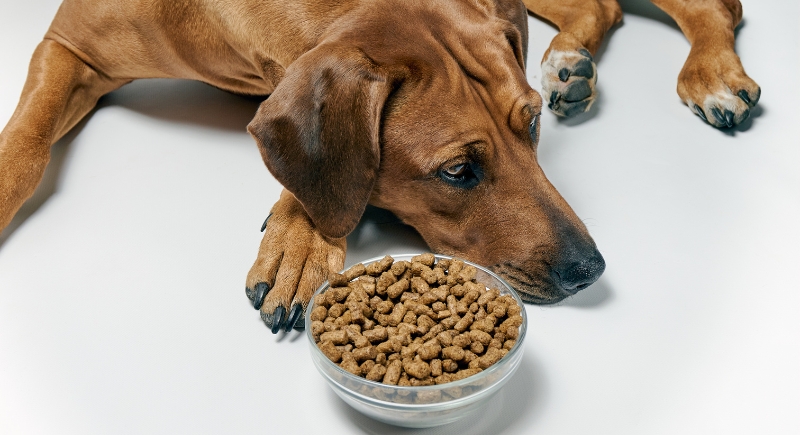
Credit: Getty Images
When your furry companions stop eating their regular food, owners assume they’re being picky. In older animals, that’s rarely the case. Their sense of smell dulls, their teeth may hurt, or their digestion may change. A warm meal, softer texture, or different flavor might make a big difference.
Cognitive Changes Rarely Have Obvious Symptoms
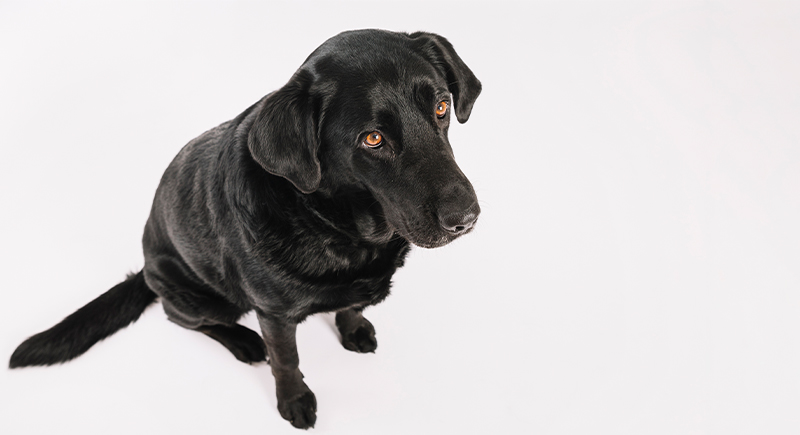
Credit: freepik
One long-time pet owner reported their twelve-year-old Labrador began staring at walls for extended periods. At first, they brushed it off as boredom or distraction. But after a neurological exam and discussion of behavior changes, the dog was diagnosed with Canine Cognitive Dysfunction, which is comparable to dementia in humans.
Senior Age Begins Before Most Owners Notice
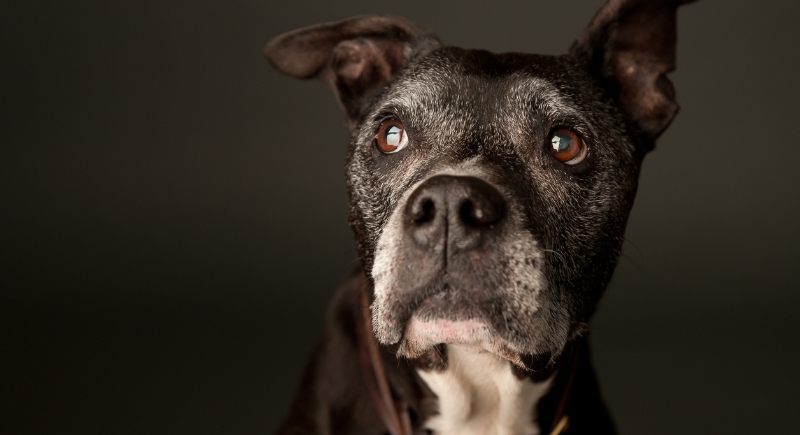
Credit: Getty Images
Many pets, especially dogs, show no outward signs of aging until they’re well into their senior years. Large breeds may be considered senior by age seven, while small dogs and most cats reach that stage around eleven. Their bodies slow down internally before anything shows externally.
Changes in Routine Can Trigger Major Reactions
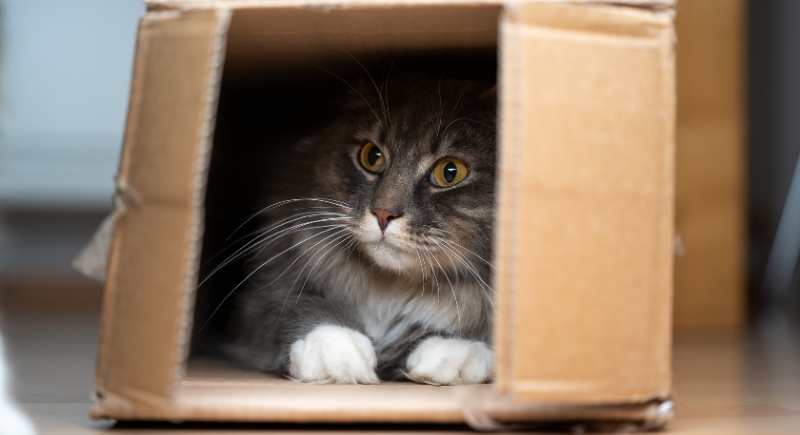
Credit: Getty Images
Older animals tend to rely on stability far more than they used to. An unexpected visitor, a new pet in the house, or even a slightly altered walking schedule can cause stress. Some dogs may withdraw or bark excessively. Meanwhile, cats respond by hiding, refusing food, or vocalizing at night.
Grooming Needs Increase as Flexibility Decreases
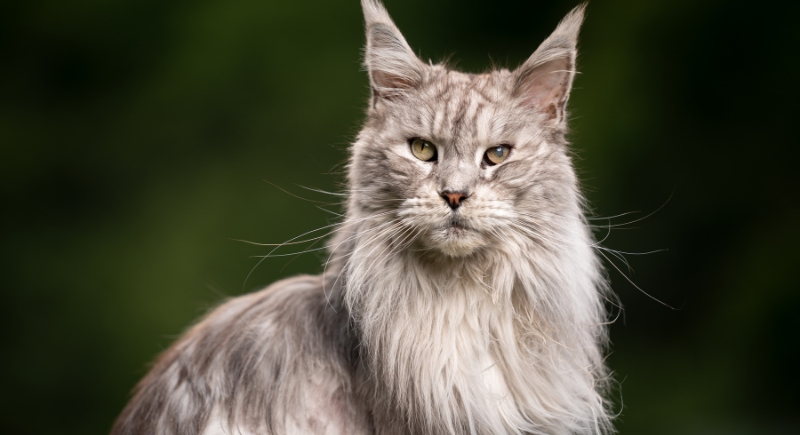
Credit: Getty Images
You may have noticed your cat’s coat looking greasier or highly matted, usually near the back legs or tail. That’s often because aging cats struggle to reach those areas due to stiffness or joint pain. It’s not a change in behavior, but a physical limitation.
Unexpected Weight Loss Points to Something Serious
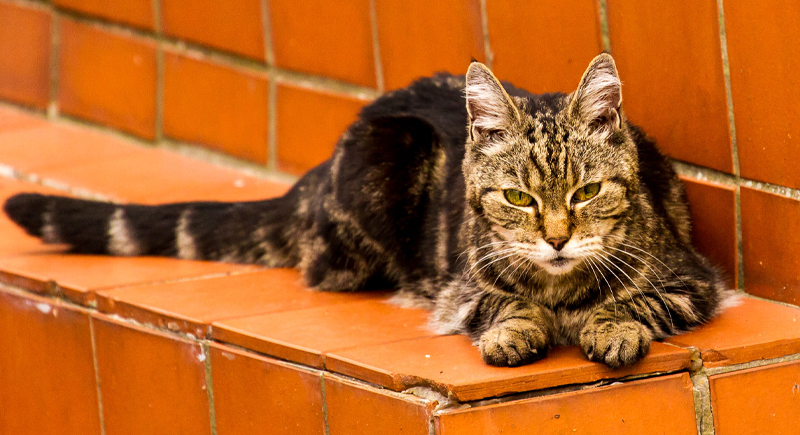
Credit: Wikimedia Commons
Some owners are surprised when older pets lose weight while still eating well. That’s typically a red flag. Conditions like hyperthyroidism in cats or kidney disease in dogs can cause sudden drops in weight. A twelve-year-old tabby named Nina began thinning out, even though she seemed fine otherwise. Bloodwork later confirmed thyroid issues.
Arthritis Looks Like Disinterest in Play

Credit: Getty Images
Avoiding stairs or skipping playtime is not as simple as losing interest. These changes often indicate joint pain, especially in aging pets. Inflammation and stiffness make movements that were once easy feel uncomfortable or even painful. Supplements with glucosamine and chondroitin help protect joint health, but severe cases may require veterinary-prescribed medication.
Incontinence Isn’t Always a Sign of a Bigger Problem
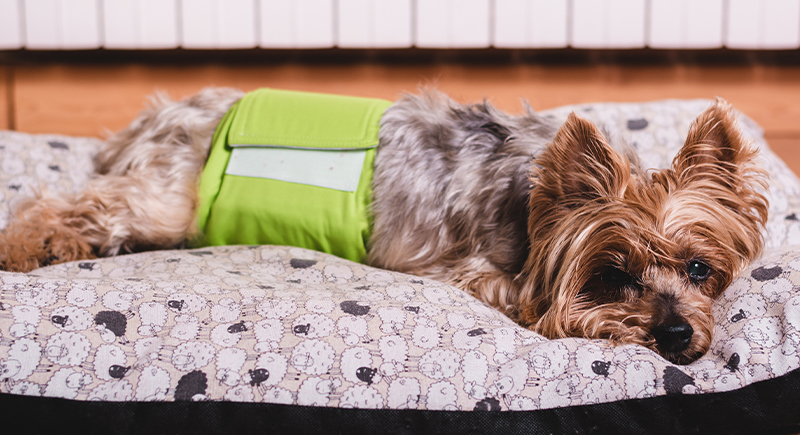
Credit: iStockphoto
Recent research shows that age-related incontinence is common among senior animals, even those in good overall health. It begins with small accidents during sleep or near entry points. This happens when muscle tone weakens or the brain’s signaling slows down. Managing it requires some adjustments—earlier bathroom breaks, absorbent bedding, and waterproof covers can prevent messes.
Weight Gain Creeps in Faster Than Expected

Credit: pixelshot
Adjusting diet and activity is key to managing weight. Switching to a senior-specific formula with fewer calories and controlled fat helps prevent gradual gain. Without these changes, even active pets start putting on weight. As metabolism slows, they burn fewer calories doing the same things.
Dental Health Declines Faster Than People Expect
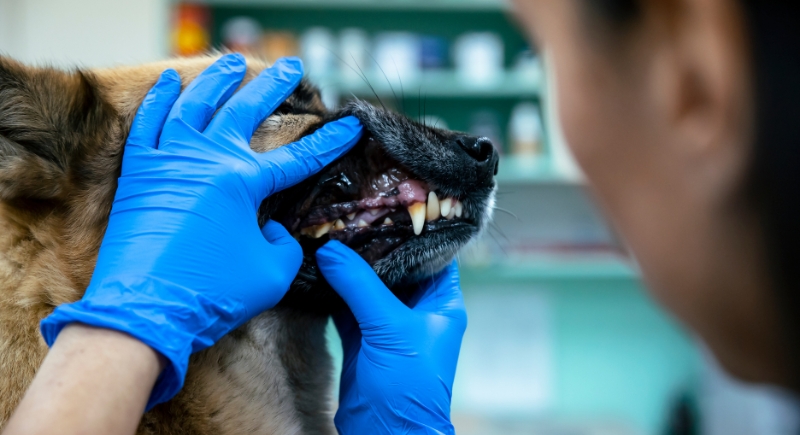
Credit: Getty Images
According to a study, more than 80% of dogs show signs of dental disease by age three, and the risk increases sharply with age. Professional dental cleanings help prevent serious infections, though anesthesia can be a concern in older animals. For less invasive care, enzymatic chews, dental diets, and awake plaque removal offer safer options.
Mobility Loss Begins Subtly
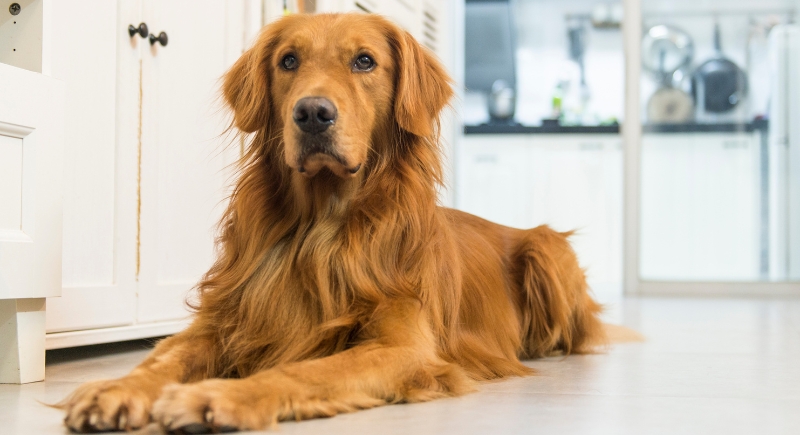
Credit: Getty Images
A noticeable decline initiates in the back legs, particularly in large-breed dogs. Ramps, non-slip rugs, or support harnesses provide extra stability around the house. For example, a golden retriever named Beau used a rear support harness to navigate stairs after his muscles weakened and he could not perform like before.
Hearing Loss Creates Communication Gaps
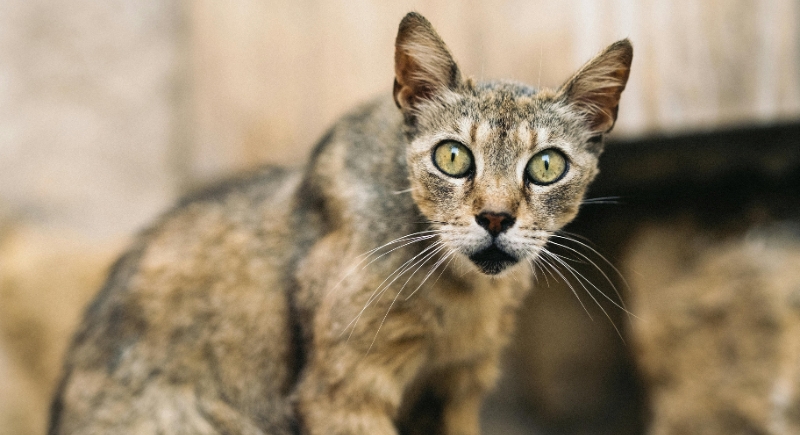
Credit: pexels
If you have noticed your furry pal seems to ignore your commands or not respond to their name, then the likely issue is hearing loss. Dogs may become startled when approached, while cats might vocalize more or act unsettled. This is the time to begin incorporating hand signals and visual cues before hearing fades completely.
Not All Seniors Tolerate New Pets Well
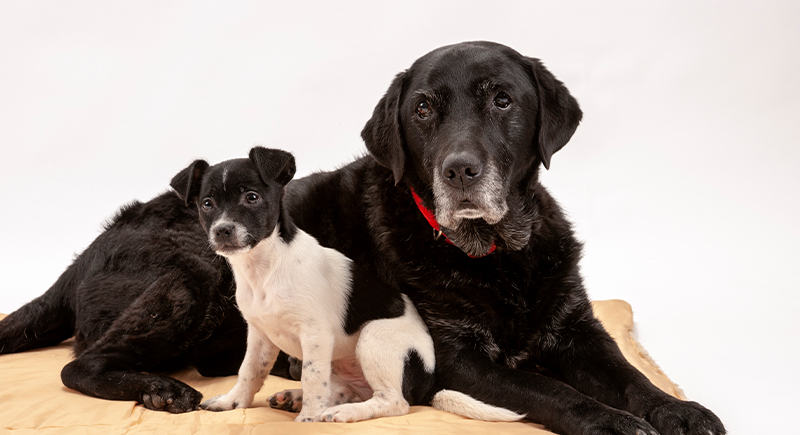
Credit: iStockphoto
Introducing another animal requires planning, slow integration, and watching for signs of distress. However, some pet parents bypass this step and add a puppy or kitten into the mix as a way to energize their older four-legged friend. However, this can backfire since pets prefer calm, predictable environments without the constant energy or unpredictability of a younger companion.
Basic Layout Changes Can Prevent Injury
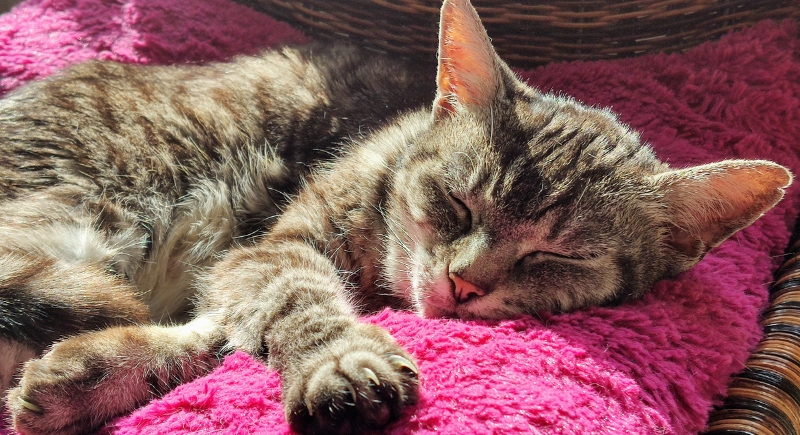
Credit: Getty Images
Keeping your pets safe should be your first priority as they grow older, mainly as their mobility begins to decline. Slippery floors, tall furniture, and steep stairs can turn into hazards that weren’t issues before. Placing rugs on smooth surfaces, installing ramps, or elevating food and water bowls can make a big difference.
Sleep Patterns Shift in Unpredictable Ways

Credit: Getty Images
Sundowning, a term mainly used to describe late-day confusion in aging pets, can lead to restless nights and disrupted routines. It is normal for dogs to pace or bark after sunset, while older cats might yowl or seem anxious once the house gets quiet and dark.